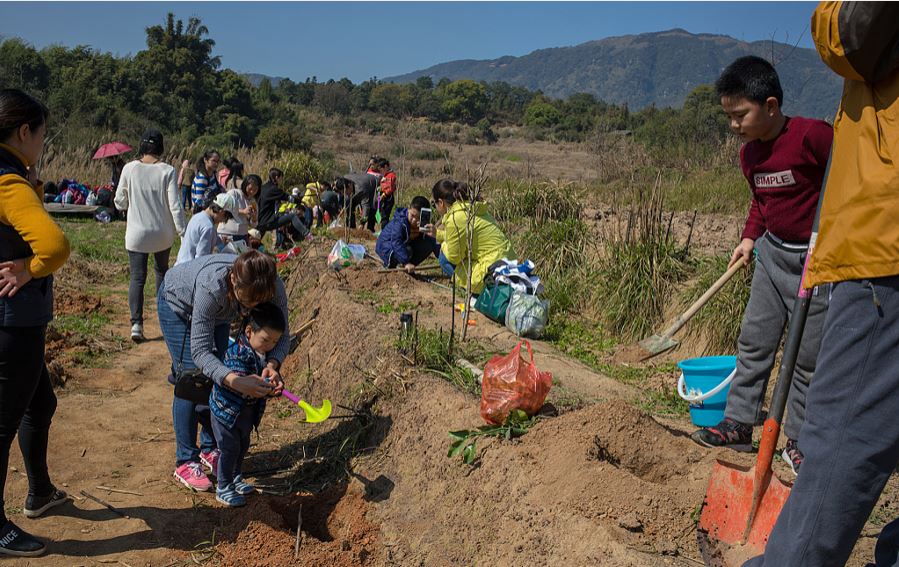
From the People's Daily app.
And this is Story in the Story.
The populations of Beijing and Shanghai have begun to move into new first-tier cities like Chengdu and Xi'an.
In 2017, the permanent population of Beijing was just over 21 million, which was actually lower by 22,000 from the previous year, marking a decrease for the first time in over two decades.
During the same year, Shanghai's population dropped by almost 14,000.
"The living expense and consumption levels of traditional cities such as Beijing and Shanghai are too high, especially their housing prices, so many younger workers turn to other cities," said Ma Li, former head of the Beijing-based China Population and Development Research Center.
For those who are older and simply wish to escape city life altogether, what options do they have?
Today's Story in the Story looks at how one couple decided big city life wasn’t for them and set out to create a pastoral living community, an environment with a slower pace and a lower cost of living.

Tang Guanhua’s self-made toilet was brought by the couple from their house on Laoshan Mountain and placed in the center of the domed cabin. “It doesn’t smell at all, so it won’t attract any flies or insects,” he said. (Photo: VCG)
To explore an alternative to modern urban life, a couple from Qingdao in East China's Shandong province gave up their well-paid jobs to set up a self-sustaining rural community.
In 2011, Tang Guanhua began to think about an alternative lifestyle from the mainstream to escape "high housing prices and air pollution in the city".
Tang and his wife, Xing Zhen, resigned from their white-collar jobs in Qingdao and set up a self-sustaining community on Laoshan Mountain.
"People need different ways of life," Tang said. "The community is expected to provide an alternative to city life."
His concept for the community was to live with people who share similar ideas and do creative work together.
Their experiment went on for five years before the couple established another such community in a village in East China's Fujian province.
The Southern Life Community is their new experiment with a self-sustaining way of life.

Over 40 families from Fuzhou city help plant trees at the Southern Life Community, March 12, 2018. (Photo: VCG)
In 2016, when they came to Guanzhong village in Minhou county, Fuzhou, to set up the Southern Life Community, the future village was only a piece of barren wasteland.
With the help of a local welfare foundation, they rented about 33 hectares of the village's land with a 20-year lease. Now there are seven permanent members in the community.
Community members worked out a set of rules to guide the village's lifestyle such as not allowing fertilizers, pesticides or herbicides in farming. To promote group harmony, they forbid malicious competition among members, help each other and maintain the spirit of friendship with each other.
The members try to build close ties with nature by using natural or sustainable materials to make food, shelters, and daily necessities.
The community supports itself through selling its own homemade products, such as soaps and Chinese liquors, or teaching others certain skills, such as knitting and making bows and arrows.
Art workshops and festivals are held now and then in the community and artists are invited to create there. The income generated from publications and exhibitions from their artworks can be used to fund the community.
"In the community, people are accompanying each other, sharing all and creating undivided love. I believe it's the kind of community that people need," said Tang in an introduction to the community on its website.
(Produced by Nancy Yan Xu, Lance Crayon, Brian Lowe, and Chelle Wenqian Zeng. Music by: bensound.com. Text from China Daily and Global Times.)


